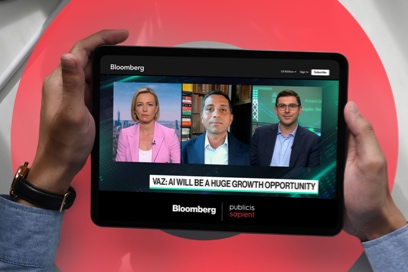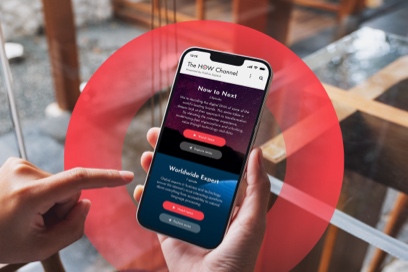Customers have long been asking companies for more affordable payments products and many businesses have started listening. While many people have still spent money during the pandemic, they are seeking efficiencies that digital banking services offer. However, demand for B2C e-commerce and digital payments is only half the story. Not far behind these changes to consumer financial services is a shift in B2B financial services.
The global B2B e-commerce market was nearly $7 trillion in 2020 and is projected to be worth more than $20 trillion by 2027, according to ResearchandMarkets.com. Big tech companies like Amazon, Apple, Facebook, Google and Uber have disrupted the B2C and B2B payments industries to fuel their growth. Uber, for instance, continues to develop its financial products to assist drivers in acquiring vehicles, handling payments and extending credit-card services for paying for gas. Many incumbent financial services companies have felt the heat, with Visa increasing its investment in payments startups by more than 57 percent year-over-year in 2019, according to CB Insights.
The surge in adoption is equally a function of the myriad of suppliers who make digital banking services available and accessible to their business customer bases. Amazon, for example, has issued about $5 billion in loans to small and medium-sized businesses while collecting credit data in the process and enabling automatic monthly principal and interest payments, Marketplace Pulse found. Smaller enterprises also must have a stake in digital payments, as some 42 percent of U.S. B2B small and medium-sized businesses surveyed by Alibaba.com have said they’ve seen their online transactions volume increase during the pandemic compared to a year ago. COVID-19 has accelerated the path for businesses to offer some semblance of banking services and payments to not only their end business users but also for their value chain, including vendors, intermediaries and supply chain.

















